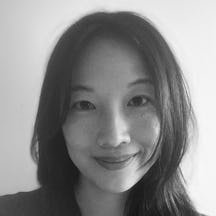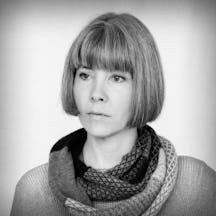The idea that our past is to blame for our present is so deeply entrenched that it’s become a popular media trope to focus on someone’s difficult childhood when they commit a crime. Laura Bui asks whether the past is destined to repeat itself in violent behaviour.
Where does violence come from?
Words by Laura Buiartwork by Jessa Fairbrotheraverage reading time 5 minutes
- Serial
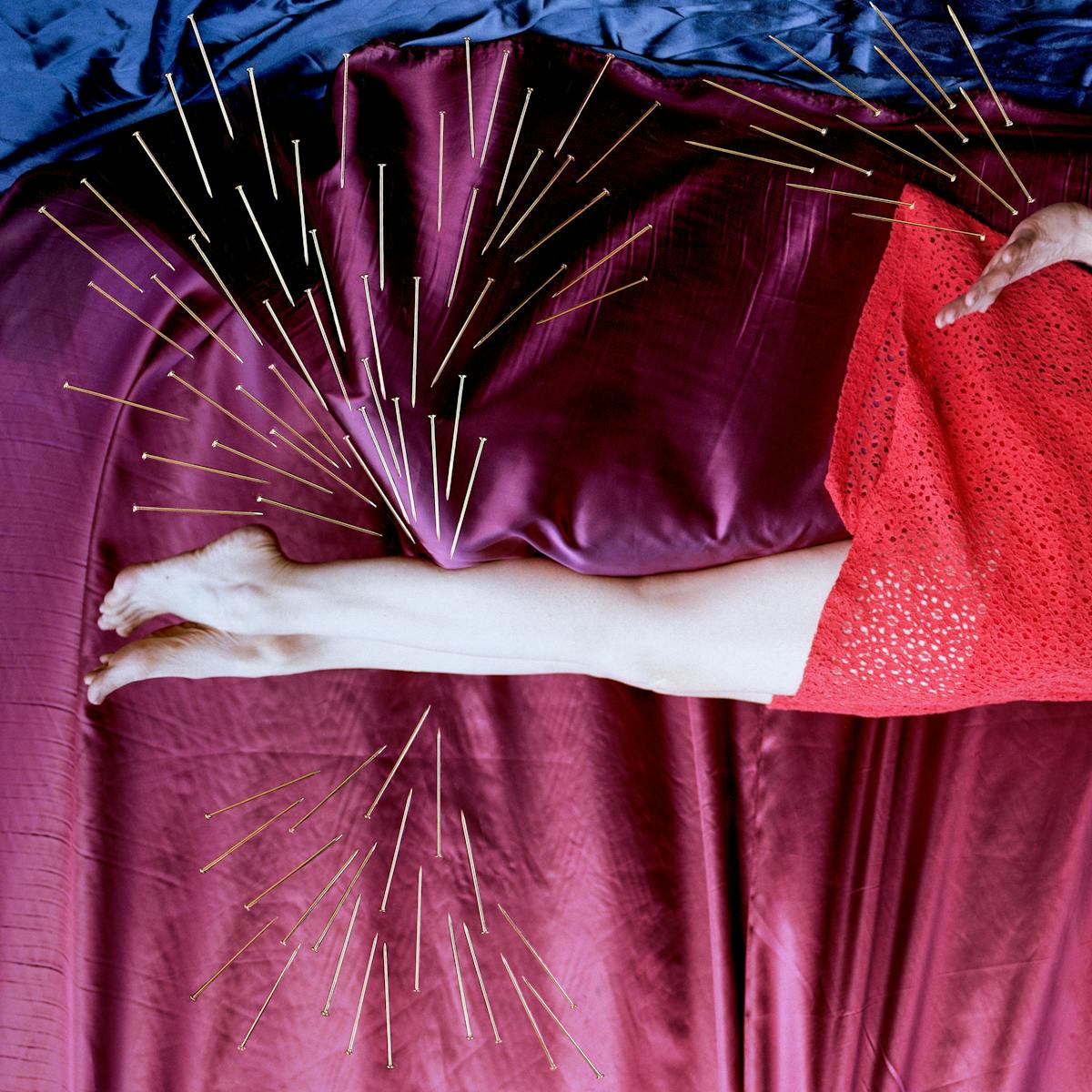
If someone says ‘psychodynamics’ to you, what are your first thoughts? I was in the Kansai region in Japan, researching young people who reoffended, when a Japanese psychologist asked me whether I knew of a particular place in London famous for psychodynamics – the study of how early experiences and the unconscious shape and drive our thoughts, feelings, and behaviour.
I must admit, when they mentioned psychodynamics, my first thoughts were of Freud and his stereotypical obsession with sex and penises. I concluded that their question had no relevance to the study of crime and violence, and I may well have come off as dismissive.
Yet my initial interest in psychology was actually because of Freudian notions that people are unknowingly motivated and shaped by events in the past. Most of us probably think that our past must play some part in how we behave.
Focusing on families
After World War II, early life experiences became the focal point of psychodynamics. The attention to childhood instead of sex, which seemed definitive of Freudian psychoanalysis, emerged from observations of evacuated children during the war. Significant themes of this work included separation, vulnerability and aggression.
If we are to understand our collective future, this postwar wave of psychoanalysts reasoned, we need to understand the most fundamental human bond: that between mother and child.
Perhaps that aspect is outdated (somewhere, a masculine, indignant voice: What about the father?), but it emphasises the importance of our early life on the present. And in some circles, early life specifically referred to parents.
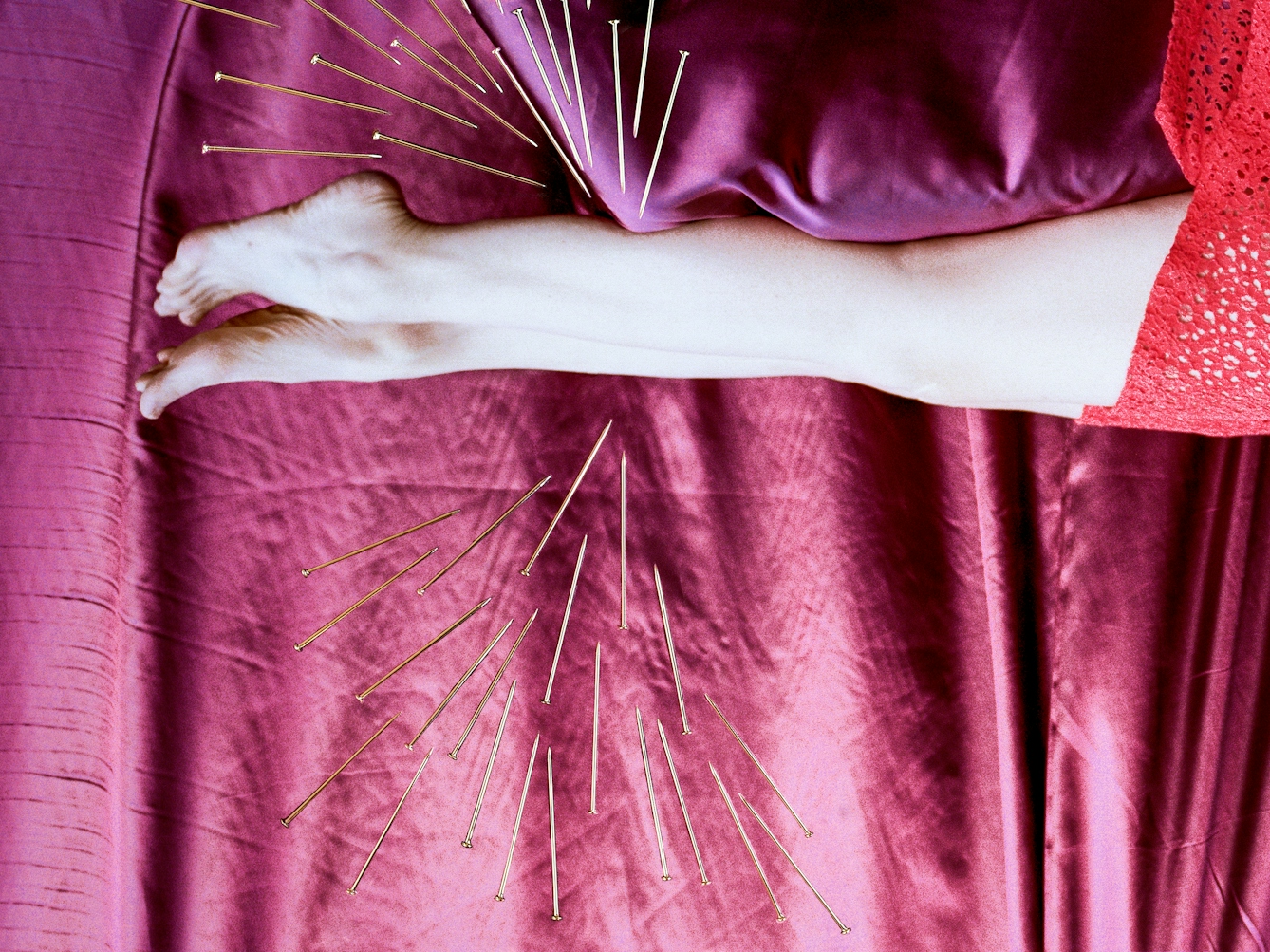
“If we are to understand our collective future, this postwar wave of psychoanalysts reasoned, we need to understand the most fundamental human bond: that between mother and child.”
The roots of violence, psychoanalyst Alice Miller argued, are found in how we were brought up by our parents, our first and formative social interaction. This seems trite, but that might be because entertainment has highjacked this explanation to the point that it seems naively simple and lazy – why has this person murdered 30 people with a shoelace and kept a lock of hair from each victim? He was sexually abused by his overbearing, devoutly religious parent, of course! But there is more to the idea.
In the preface of her book ‘For Your Own Good’, Miller, who survived Nazi persecution, wrote that since the end of the World War II, she had been trying to understand why someone would misuse their power to bring intentional harm to humanity. She used Adolf Hitler as a case study to show that his abusive and strict upbringing eased his decision to commit genocide.
Miller argued that hatred and violence stemmed from children being unable to express themselves when they felt hurt or angry because their parents used coercion, humiliation, deception and ridicule to make them obedient.
Without being able to appropriately express and develop their true feelings, these children grew into adults who carried hatred around, and their hatred was lived out, often unknowingly, in ways that harmed others.
Miller is accused of pioneering parent-blaming and a culture of victim mentality through recovered memories.
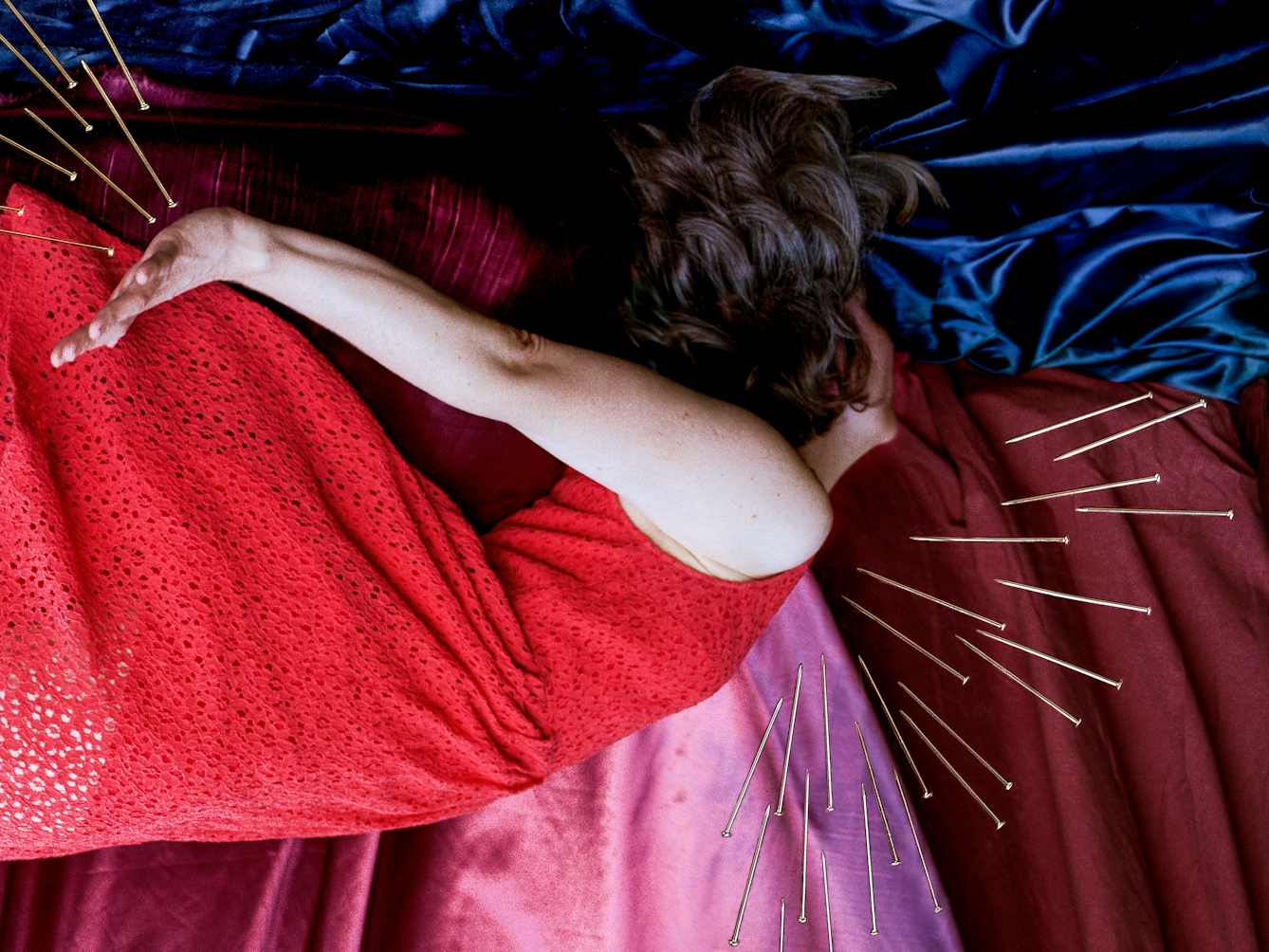
“Miller argued that hatred and violence stemmed from children being unable to express themselves when they felt hurt or angry because their parents used coercion, humiliation, deception and ridicule to make them obedient.”
Revisiting psychodynamics
Psychodynamics fell from favour in psychological research departments as the focus swung to be more based on things that could be studied via experiments. But the idea of early life being closely connected to violence persists in popular thinking.
Young people who offend, and their parents, believe the responsibility for violent behaviour lies with the young person themselves.
The public generally places the responsibility for crimes and violence committed by young people on parents.
But the public generally places the responsibility for crimes and violence committed by young people on parents. The younger the child, the more responsibility we think parents should have for their behaviour. Though schools, communities and media are thought to be responsible too, family is still considered a powerful influence, being our earliest social relationship.
These ideas have recently returned to mainstream academic discussions and have even made the news. In 2017, around the same time that I was in Japan, psychiatrists convened at Yale University felt compelled by a “duty to warn” the public about the mental instability of US president Donald Trump. They argued that his past violent behaviour was likely to bring about more violent behaviour, and because of his position of power, they deemed him dangerous.
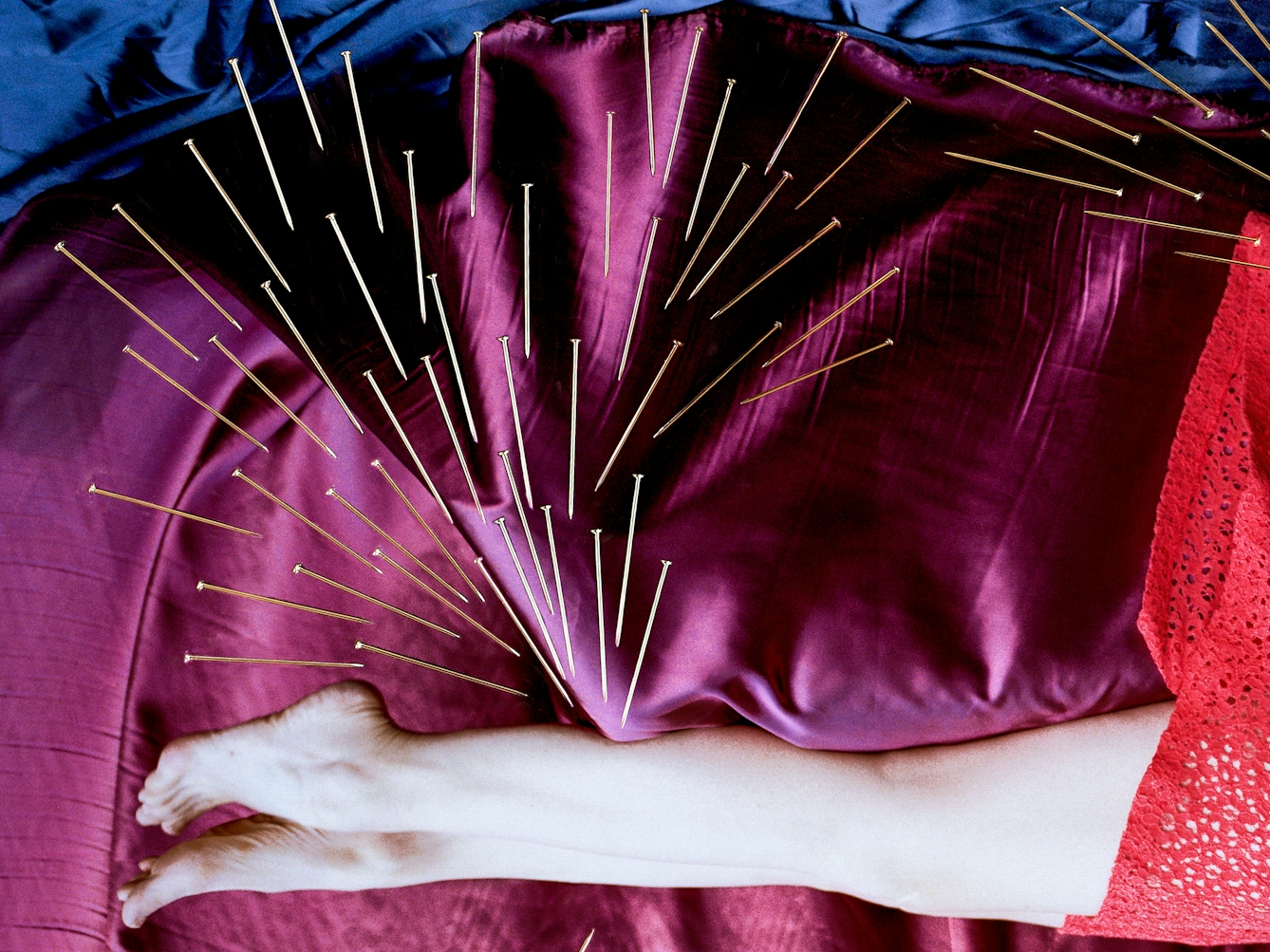
“Violence is a form of protection, and repeats itself from one person to another.”
Vulnerabilities and violence
Forensic psychiatrist Bandy Lee, who organised the Yale conference, suggested that violence does not come from a place of strength, but rather a lack of it.
People try and protect themselves from painful feelings and thoughts that have developed from their early life by unconsciously coming up with strategies, like outbursts and acting out, projecting their thoughts onto others, or believing in the opposite of those feelings and thoughts. Violence is a form of protection, and repeats itself from one person to another.
Reading Lee’s work brought me back to my exchange with the Japanese psychologist and I wondered if perhaps psychodynamics could enhance my way of studying violence.
My earlier research on reoffending among Japanese young people looked at their early experiences. I had found that risk-taking and having close friends picked up by the police were characteristics likely to be found in someone later convicted of youth violence, and I wondered if those who kept on offending had similar early experiences too.
I found that young people who repeatedly returned to correctional institutions were likely to have a history of physical abuse, self-harm and substance use. Many other studies also show that young people who are involved in the justice system are more likely to show a lifetime prevalence of poor health and adverse experiences.
A history of violence, sometimes beyond a person’s control, appears to repeat itself in the present. This “cycle of violence” might sound surprising – that those who have had this terrible experience would find themselves repeating it. Although this cycle isn’t inevitable, this aptly coined term highlights the strength of violent pasts in shaping our futures.
About the contributors
Laura Bui
Laura Bui teaches and researches crime and violence at the University of Manchester. Her research on these topics has appeared in academic journals and also in places like the literary anthology ‘Test Signal’, where she explored grief and the paranormal; the non-fiction journal ‘Tolka’, where she questioned what a (criminal) psychopath is really for; and BBC Radio 4, where she raised the questions we should really be asking about true crime.
Jessa Fairbrother
Jessa Fairbrother is a visual artist using photography, performance and stitch. Her long-term investigations revolve around subjects of yearning and the porous body. Her work is held in numerous private and public collections worldwide, including Tate Britain, the V&A, the Yale Center for British Art and the Museum of Fine Art, Houston. Her work is represented by the Photographers’ Gallery, London and AnzenbergerGallery, Vienna. She is also a QEST (Queen Elizabeth Scholarship Trust) scholar.
